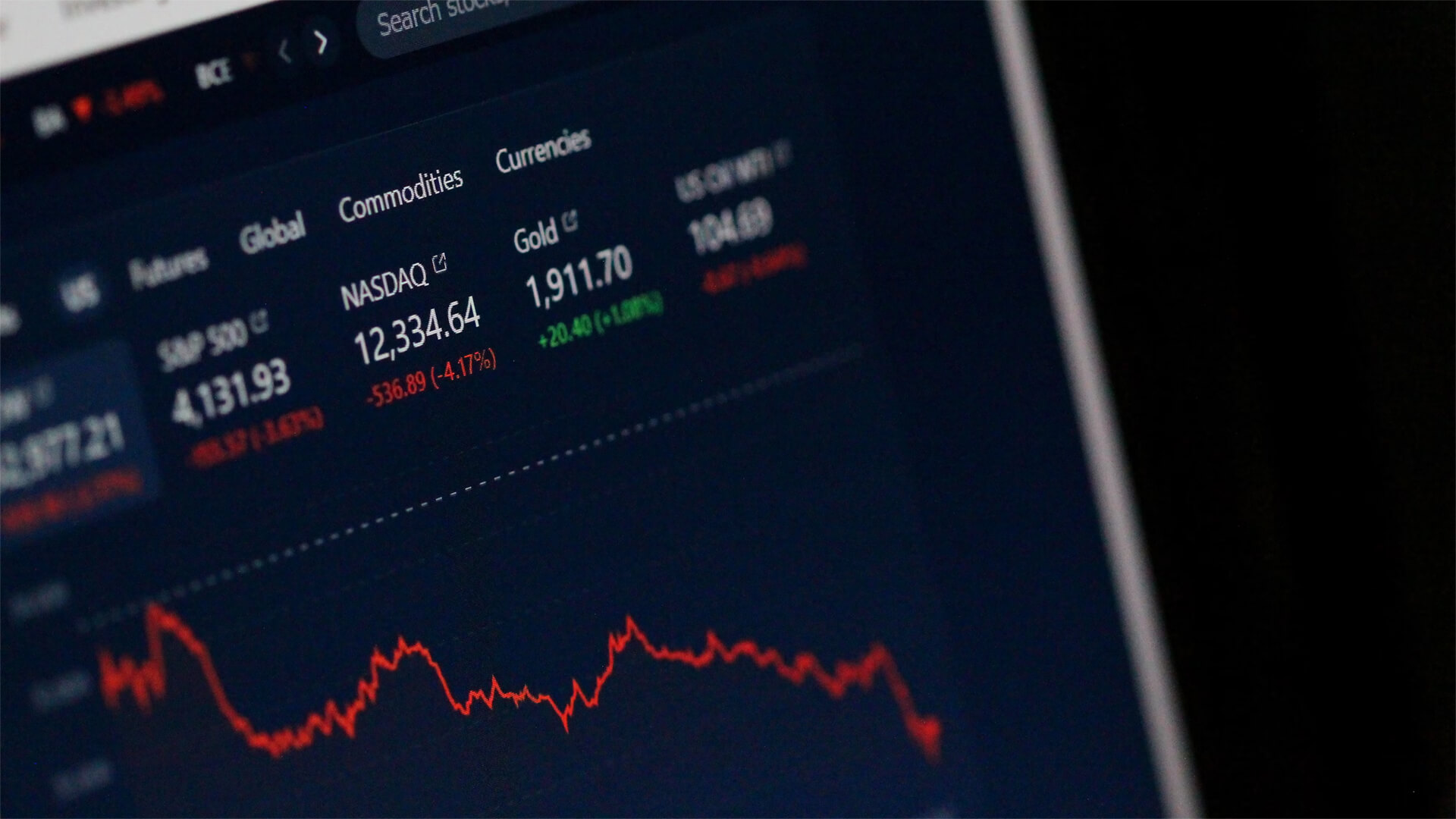The last time we discussed numbers to watch, we talked about first-time unemployment claims as a recession indicator. This time, we’re talking about retail sales as a key economic indicator.
Consumer activity accounts for some 65-70% of the US economy, so it is probably worth paying attention to. Retail sales give us a slice of the pie, covering purchases of goods and services. Sure, it doesn’t include housing, healthcare, and B2B transactions and it comes with a 6-week delay, but hey, beggars can’t be choosers.
Below is a link to the website where you can look at retail sales in the US.
Transcript
Hey, everybody. Peter Zeihan here. Coming to you from Colorado. And today we’re going to take another question from the Patreon crowd. Specifically, how do I do what I do? And we’re going to talk about one of the economic statistics that I use to figure out where the world is going and what’s going on in the country at the moment.
And that statistic is retail sales roughly 65 to 70% of the American economy is based on consumer activity. So anything that gives me some insight into that is something I’m all about. Retail sales is arguably the single largest chunk of that, but it’s nowhere near all of it. Retail sales is everything that you purchase, whether a goods or a service, up to and including vehicles.
But it does not include things like health care and most importantly, housing, which for most people is their single largest expense. What it does is it gives us a relatively accurate picture in a sectoral breakdown on what Americans are spending their money on over a long period of time. So from a positive point of view, retail sales tells us what is up and how people are operating.
But there are a couple really big drawbacks on the statistic. That means that you have to look at as one of a constellation of factors, rather than just the one thing that you look at. The first problem, in addition to, of course, the fact that it doesn’t include all spending like housing is it doesn’t include any sort of business activity.
If it’s a business selling a service or good to another business that’s not in retail sales, it only covers business activities that go to consumers. So if you’re like me and you’re very concerned about an industrial and a manufacturing slowdown because of the Trump administration’s tariff policies, it’s not going to get you anything in retail sales. For that, you have to look for industrial construction spending.
Second issue. It’s not a hard number. It’s an estimate based on surveys of thousands of companies. Which means that not only are you not getting a hard data point like you would with, say, first time unemployment benefits, which is another video we’ve done recently.
It also means that it takes time to put it all together, because you have to wait for the month to complete, and then you do your surveys and your survey data back, and then you compile that into the overall number of retail sales. And so from the point that you start the process at the end of the month to the point that you have your final data point, it’s about six, almost seven weeks.
So in just this last week, we got data finally about what went down in June and the June data was pretty good. It was a pretty strong expansion of retail activity, and after two months of negative growth, it was kind of a relief to see some activity with that probably meant is that we were on the backside of Trump’s just kidding.
Tariffs where he originally had US high tariffs in April, which suppressed activity that continued into May, which suppressed activity. And then in May, he said, you know what, we’re going to give everybody a couple months to adapt to this, and we will revisit this in August. And so in June, the tariffs came off, people started spending again, and we got back to some version of normal, although I’m not sure what that word even means anymore.
Anyway, June numbers came in looking pretty good, but we didn’t find that out until halfway through July. And again, it’s an estimate. So by the time we get to the other side of Trump’s tariff break in August, it’s not going to be until September that we have some idea of what’s going on. So it’s a great data point.
It’s an estimate, it’s somewhat backward looking and it doesn’t give you the whole picture, but it’s better than nothing. So I watch it. And now with this QR code you can watch it to.








